Research
Search our website
Search our website by entering a keyword or choose a database above to search specifically.
Search
Showing search results 13,491 - 13,500
14,512 results found

Roof
Roof structure and roofThis text can only be consulted in Dutch.

The built itself

Foundation (concrete)

Building a bread oven
Building a bread oven There are many different ways to build a bread oven.
Firstly, you can use various materials that each mason uses in a different
way according to his preferences. Then there is the clients wishlist to be
taken into account. Lastly, there are no detailed instructions to be found
in manuals and as far as shape and building styles go, there are no rules.
The MOT created this manual to help out people who want to build their own
bread oven. Although our method serves as a guideline, we offer you a
choice between different solutions whenever possible. You'll find a list of
materials together with the quantities that you will need to build this
type of oven. In terms of construction, we prefer to follow the most
authentic building method, unless we think there are better and easier
solutions at hand. You can find more information in the chapter additional
information. We collected the information for this manual using books (see
bibliography) and records of oven builders...

Calculating the amount of concrete
Calculating the amount of concrete Foundation In order to know the amount
of concrete, you will first need to calculate the volume of the foundation
slots. You multiply: the length of the outer foundation wall the depth of
the outer foundation wall the height of the foundation Do the same for the
inner foundation wall and subtract both outcomes. Multiply the needed
volume by the number of kg of components, knowing that you will need for
approx. 1 m³ of concrete with concrete strength of 250 kg/m³ mortar and a
proportion 1 : 3 : 4 you will need the following: Portland cement ( CEM I
and class 32,5): approx. 250 kg Rhine sand 0/2: approx. 750 kg gravel
(aggregate size 4/14): approx. 1000 kg Example (by means of building plan):
length outer foundation wall = l(a) = 1,69 m length inner foundation wall =
l(b) = 1,09 m depth outer foundation wall = d(a) = 1,69 m depth inner
foundation wall = d(b) = 1,09 m height of the foundation = h = 0,60 m (l(a)
x d(a) x h) - (l(b) x d(b) x h) = volume...

Save the bread ovens!
A bread oven is a brick oven used to bake bread. These characterful old
bread ovens and bakehouses are under threat. Not only the buildings
themselves disappear, but also the knowledge to build and use such bread
ovens. With this project the MOT would like to do something to prevent
this. Here, we offer a multitude of technical knowledge on the restoration,
build and use of bread ovens.

Choosing the location
Choosing the right location This text can only be consulted in Dutch.

Supporting layer
Supporting layerThis text can only be consulted in Dutch.

Loam covering
Covering the vault with loamThis text can only be consulted in Dutch.

Vault base
Vault base (3-4 layers) This text can only be consulted in Dutch.








